If you're living in Zone 6, you're lucky to have a fairly moderate climate, which means there are year-round gardening opportunities for you to explore.
From winter preparation to summer planting, there are always tasks and projects to keep you engaged in your garden throughout the entire year.
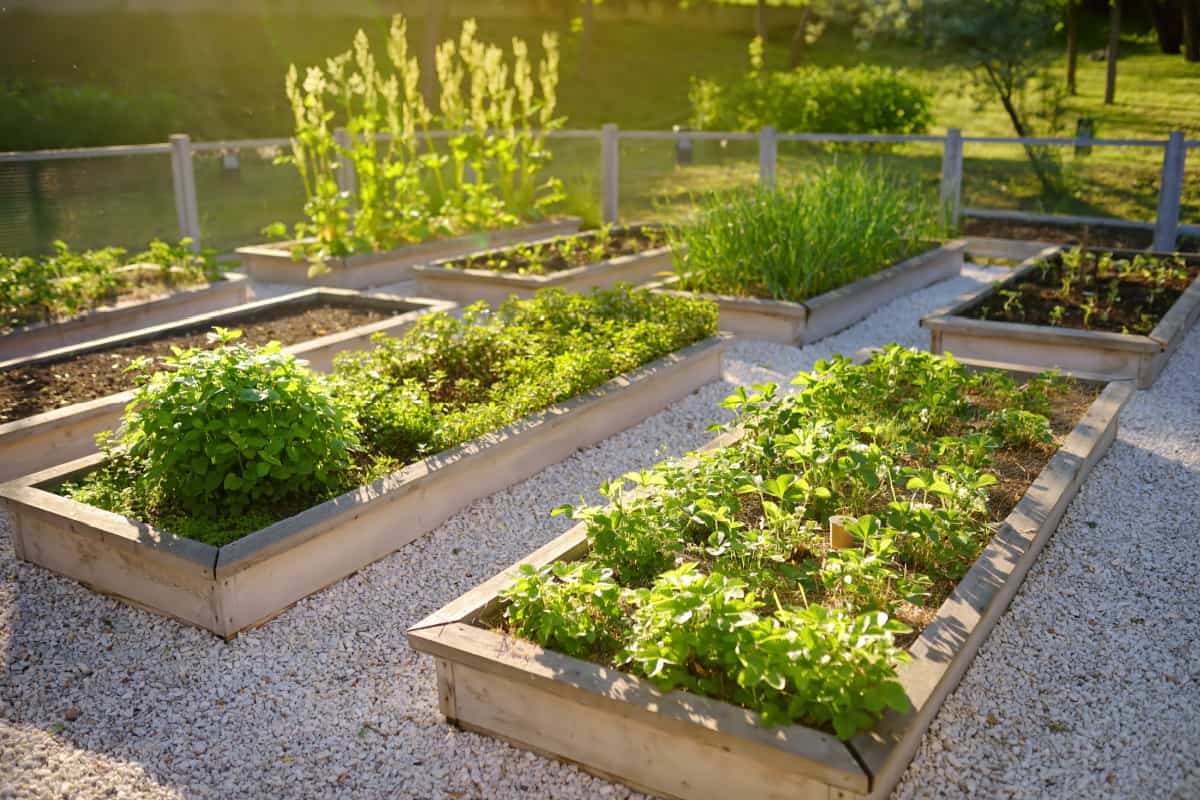
To make the most of your Zone 6 garden, it's essential to understand the nuances of each season and adjust your gardening practices accordingly.
Keep reading to learn how you can adapt your gardening practices for year-round success in a Zone 6 climate.
Understanding Zone 6 Climate
As a year-round gardener in Zone 6, it's essential to understand the climate's characteristics.
![Full Perennial flowers in the garden, 7 Zone 5 Perennials For Shade [Or Partial Shade]](https://gardentabs.com/wp-content/uploads/2022/08/iStock-106380084.jpg)
This knowledge will assist you in selecting the right plants, timing your plantings, and taking proper care of your garden throughout the varying temperatures.
Temperature Range
In Zone 6, you'll experience average minimum winter temperatures between -10°F and 0°F (-23°C and -18°C).
These low temperatures can be quite challenging for your plants, so it's crucial to know which crops and varieties can tolerate the cold and frost.
Additionally, it's important to employ some strategies, such as using frost protection methods like mulching or row covers, to keep your plants safe during the winter months.
During the summer, Zone 6 typically has high temperatures ranging from 70°F to 90°F (21°C to 32°C).
Heat-tolerant crops will perform well during this time, but you should also consider providing shade or extra water for the more sensitive plants in your garden.
Growing Season
The growing season in Zone 6 typically spans from mid-April to mid-October.
With around 180 frost-free days, you have a relatively long window for growing various fruits, vegetables, and flowers.
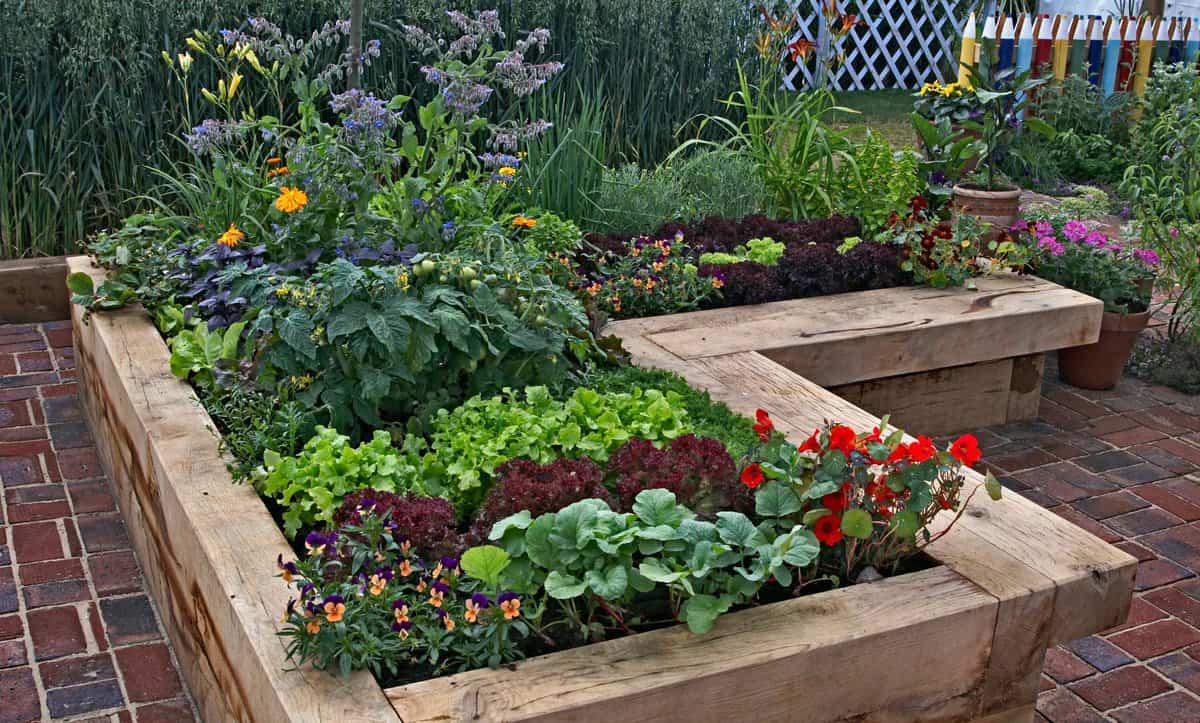
To make the most of your gardening efforts, plan your planting schedule carefully.
Start by prioritizing cool-season vegetables like lettuce, spinach, peas, and radishes during the early spring months.
As temperatures rise, transition to warm-season selections such as tomatoes, peppers, cucumbers, and melons.
When fall approaches, you can once again plant cool-season crops for a final harvest before winter arrives.
Additionally, consider incorporating plants with different maturity rates in your garden to maintain a steady supply of fresh produce.
This will help ensure you can continually harvest and enjoy the fruits of your labor throughout the entire growing season.
Year-Round Gardening Essentials
If you're determined to maintain your garden year round, there are preparations you need to do to help your plants cope with the varying weather.

Choosing the Right Plants
When planning your year-round garden in Zone 6, it's essential to choose plants that can tolerate the temperature variations throughout the year.
Look for plants known to thrive in your hardiness zone and consider their bloom time and growing seasons to ensure continuous color and harvests.
Here are a few Zone 6 plant recommendations:
- Perennials: Hostas, Black-Eyed Susans, and Coneflowers
- Annuals: Marigolds, Zinnias, and Impatiens
- Vegetables: Lettuce, kale, tomatoes, and peppers
Soil Preparation
In Zone 6, you need to prepare the soil for your plants' needs to grow healthy and strong.

Start by conducting a soil test to determine the soil's nutrient levels, pH, and texture.
This will help you understand what amendments are needed and ensure your plants' success.
Key steps for soil preparation:
- Remove weeds and debris from the gardening area.
- Add organic matter, such as compost or aged manure, to improve soil texture and nutrient content.
- Apply necessary soil amendments, such as lime, sulfur, or fertilizer, based on your soil test results.
- Use a tiller or garden fork to work the amendments into the soil, breaking up any compacted areas.
Water Management
Proper water management is crucial to your garden's year-round success in Zone 6.
Develop a consistent watering schedule to ensure your plants receive enough moisture without overwatering.

Consider these water management tips:
- Water your garden early in the morning or late in the afternoon to minimize evaporation.
- Use a soaker hose or drip irrigation system to deliver water directly to the plant roots, reducing water waste.
- Mulch your garden beds to help retain moisture in the soil and suppress weed growth.
Seasonal Gardening Tips
Learning how to garden by season will help you save on time and effort.
Choosing the right plants, adding the right amount of fertilizer, and adjusting the watering schedule all add up to a more efficient gardening system.
Spring Gardening
In the spring, start by assessing your garden after the winter months. Remove any debris, dead plants, and weeds that have accumulated.
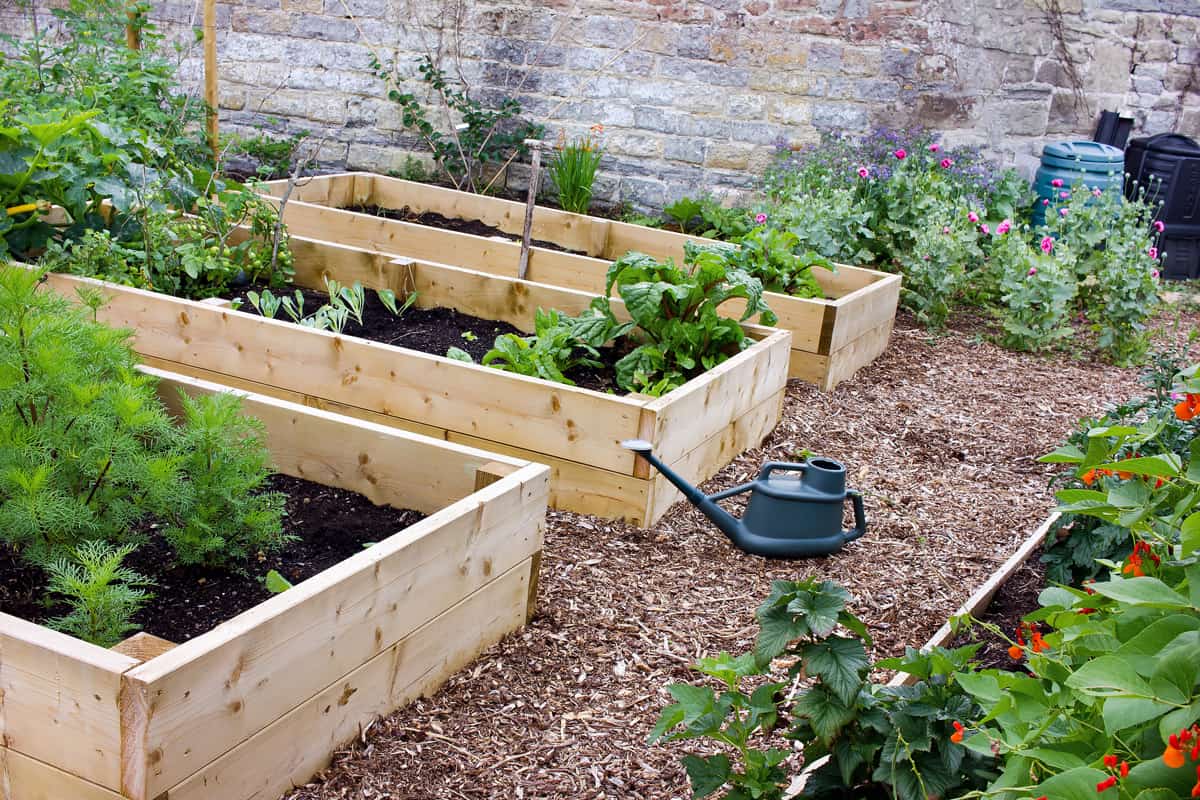
Once the soil is workable, begin preparing beds for planting by turning the soil and adding organic matter like compost.
Start planting cool-season vegetables like lettuce, spinach, or peas, as well as early flowering bulbs.
Remember to follow the recommended planting dates for Zone 6 to ensure healthy plant growth.
Also, pay attention to frost dates and protect your tender plants if a late frost is expected.
Summer Gardening
As temperatures rise, monitor and adjust your garden's watering schedule to ensure plants receive enough moisture.
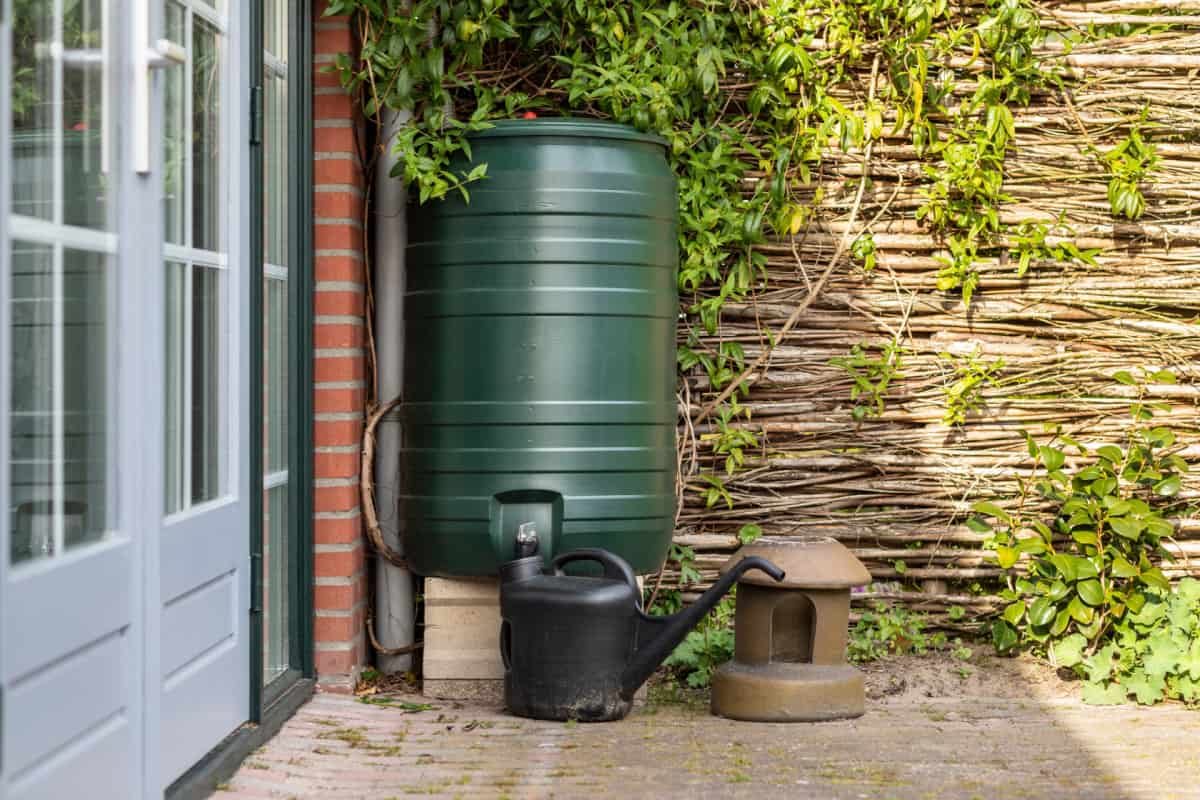
Invest in a rain barrel to collect water for garden use. Keep an eye on pests and diseases and address any issues promptly.
In Zone 6, it's essential to choose heat-tolerant plants to thrive in warm summer temperatures.
Summer is also an excellent time to prune spring-blooming plants and shrubs, apply a layer of organic mulch to reduce weed growth, and continue planting warm-season vegetables like tomatoes, peppers, or eggplants.
Fall Gardening
In the fall, prepare your garden for winter by removing spent plants, applying a layer of organic material like compost or shredded leaves, and planting cover crops like clover or winter rye.
![Autumn Leaves Falling From The Tree fall season, X Landscaping Garden Ideas For Where Many Leaves Fall [With Pictures To Inspire You!]](https://gardentabs.com/wp-content/uploads/2022/10/Autumn-Leaves-Falling-From-The-Tree-fall-season.jpg)
Fall is also a great time to plant spring-flowering bulbs and cool-season vegetables, such as kale, broccoli, and collards.
For Zone 6, select hardy plant varieties that can withstand the winter months' colder temperatures.
Protect less cold-hardy plants with mulch, frost blankets, or by moving them to a sheltered area.
Winter Gardening
During winter months, focus on planning your garden for the upcoming year.
Review which plants thrived or struggled and adjust your garden layout accordingly.

Research new plant varieties and order seeds early, keeping in mind the specific needs of your Zone 6 garden.
Take advantage of the winter downtime to clean, sharpen, and repair your gardening tools.
Consider constructing cold frames or greenhouses to extend your growing season and protect young plants from harsh winter conditions.
Remember, even in the colder months, your garden can still be productive and enjoyable.
Indoor Gardening Options
Having a year-round garden in Zone 6 can be a challenge due to the colder months, but you can still enjoy the benefits of gardening by setting up an indoor garden.
Selecting Indoor Plants
When choosing plants for your indoor garden, it's important to consider the light, humidity, and temperature requirements of each plant.
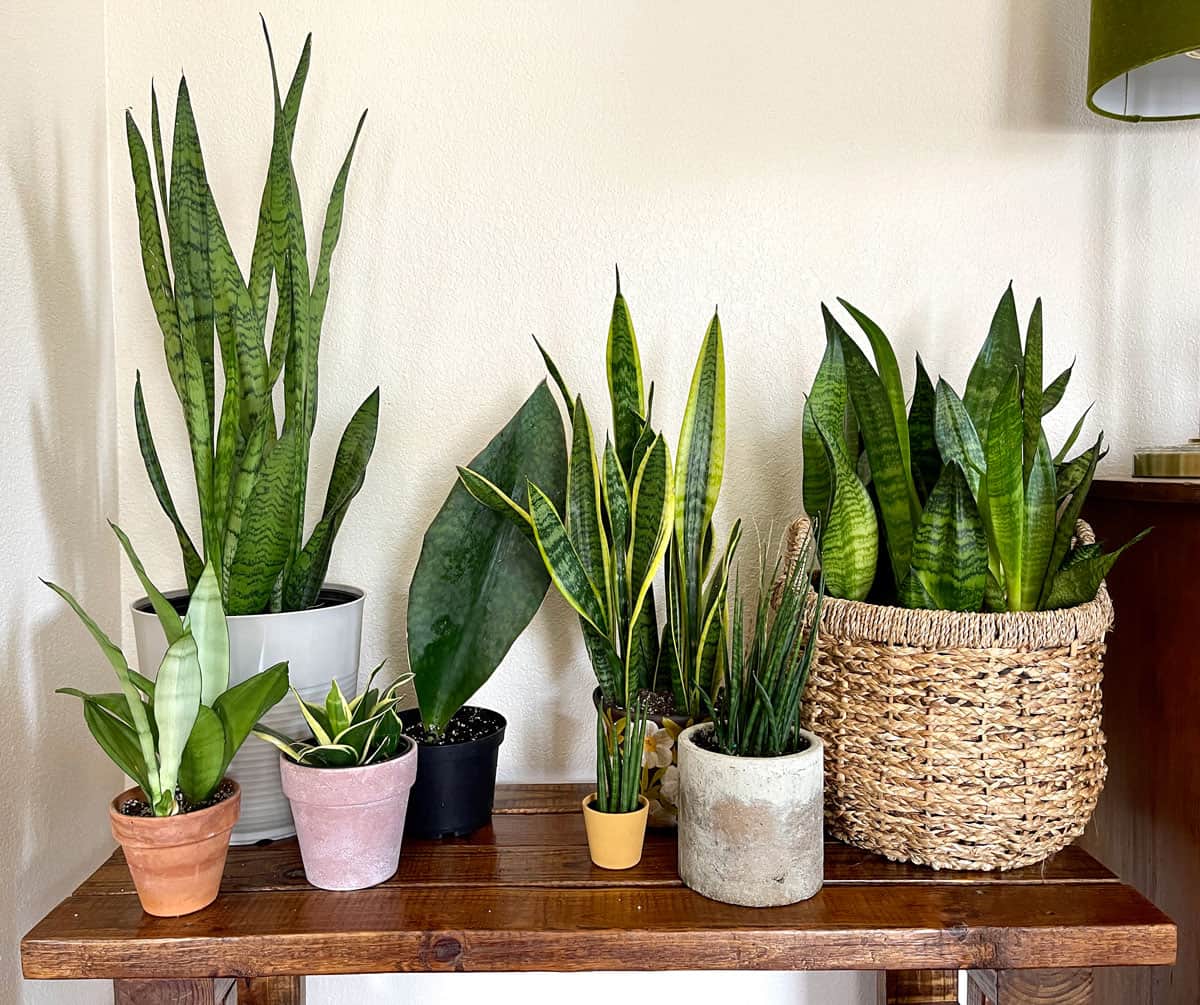
Some indoor plants that are well-suited for Zone 6 conditions include:
- Snake Plants: These easy-to-grow plants thrive in low light conditions and can handle irregular watering.
- Spider Plants: Another low-light plant, the spider plant is an excellent air purifier and adds a beautiful touch to any room.
- Pothos: This trailing vine prefers moderate light and is easy to care for, making it perfect for hanging baskets or placing on a windowsill.
Keep in mind that some plants, like herbs and small vegetables, may require supplemental lighting to thrive in an indoor environment, especially during the winter months.
Setting Up an Indoor Garden
Creating the optimal indoor garden space involves taking into account your individual needs and environment.
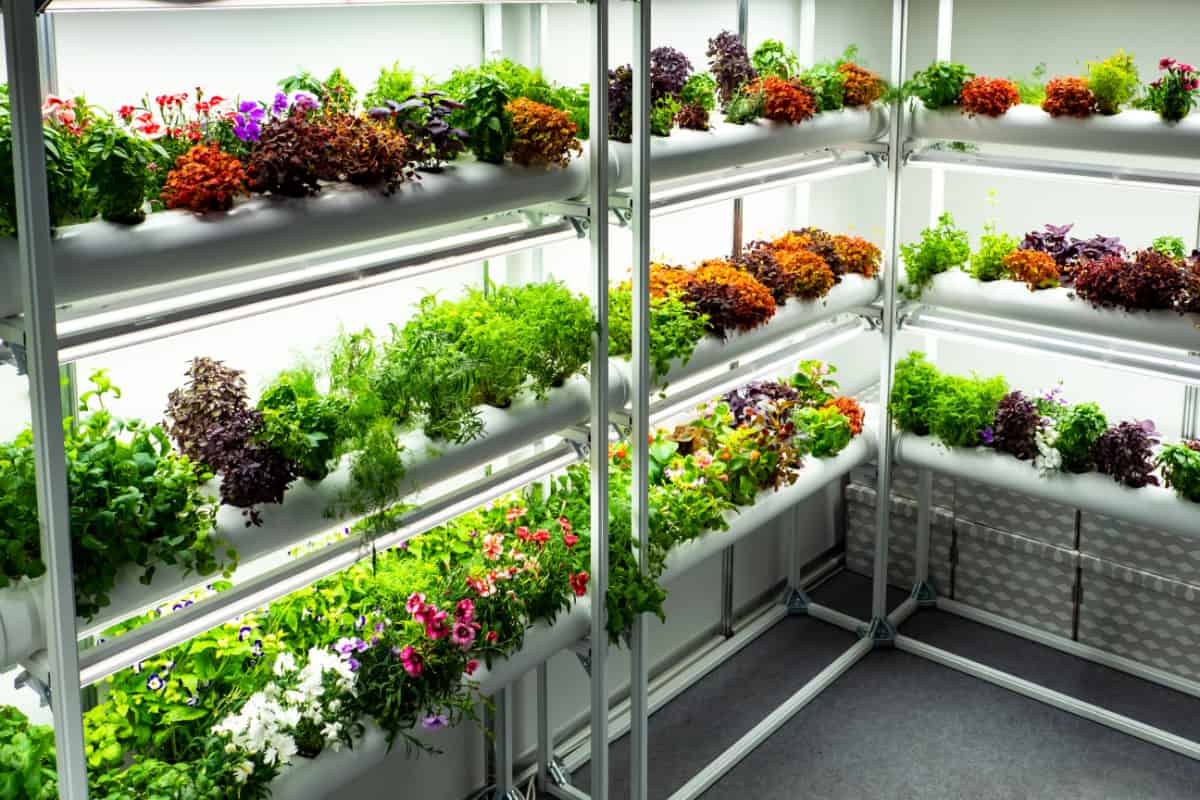
Here are some tips to help you set up your indoor garden:
Choose the Right Location
Select a spot with adequate light for your plants.
South-facing windows provide the most sunlight, but east and west-facing windows can also work for many plants.
Plan Your Garden Layout
Make sure you have enough space to accommodate the plants you wish to grow.
Use shelves, wall-mounted planters, or hanging baskets to make the most of your vertical space.
Select Proper Containers
Choose pots with drainage holes and use a well-draining potting mix to ensure your plants' roots don't become waterlogged.
Monitor Temperature and Humidity
Ideally, your indoor garden should be kept between 65-75°F with moderate humidity.
Use a humidifier or a tray of water-filled pebbles to increase humidity if necessary.
What Vegetables Thrive in Zone 6?
In Zone 6, you have a great variety of vegetables to choose from, as you enjoy a relatively moderate climate.

Some of the best options to grow in your garden include tomatoes, peppers, cucumbers, and squash.
Leafy greens such as spinach, kale, and lettuce also do well in this region. Root vegetables like carrots, beets, and radishes can also thrive.
Keep in mind that some of these veggies may require a bit more attention during the colder months, so make sure to follow sound gardening practices for your area.
Best Flowers for Zone 6 Gardens
Zone 6 gardeners have many beautiful flowering plants to choose from.
Perennials like daylilies, black-eyed Susans, and coneflowers are known for their hardiness and vibrant blooms.
![Black Eyed Susan - Flower, 15 Best Fertilizers For Black Eyed Susans [When And How To Apply]](https://gardentabs.com/wp-content/uploads/2022/09/Black-Eyed-Susan-Flower.jpg)
You can also opt for annuals such as marigolds, zinnias, and petunias for a pop of color throughout the growing season.
Don't forget about flowers for pollinators, like bee balm and butterfly bushes, which can attract butterflies, bees, and hummingbirds to your garden.
Ideal Fruits for Zone 6 Gardens
Adding fruit to your Zone 6 garden is a delicious way to expand your gardening efforts.
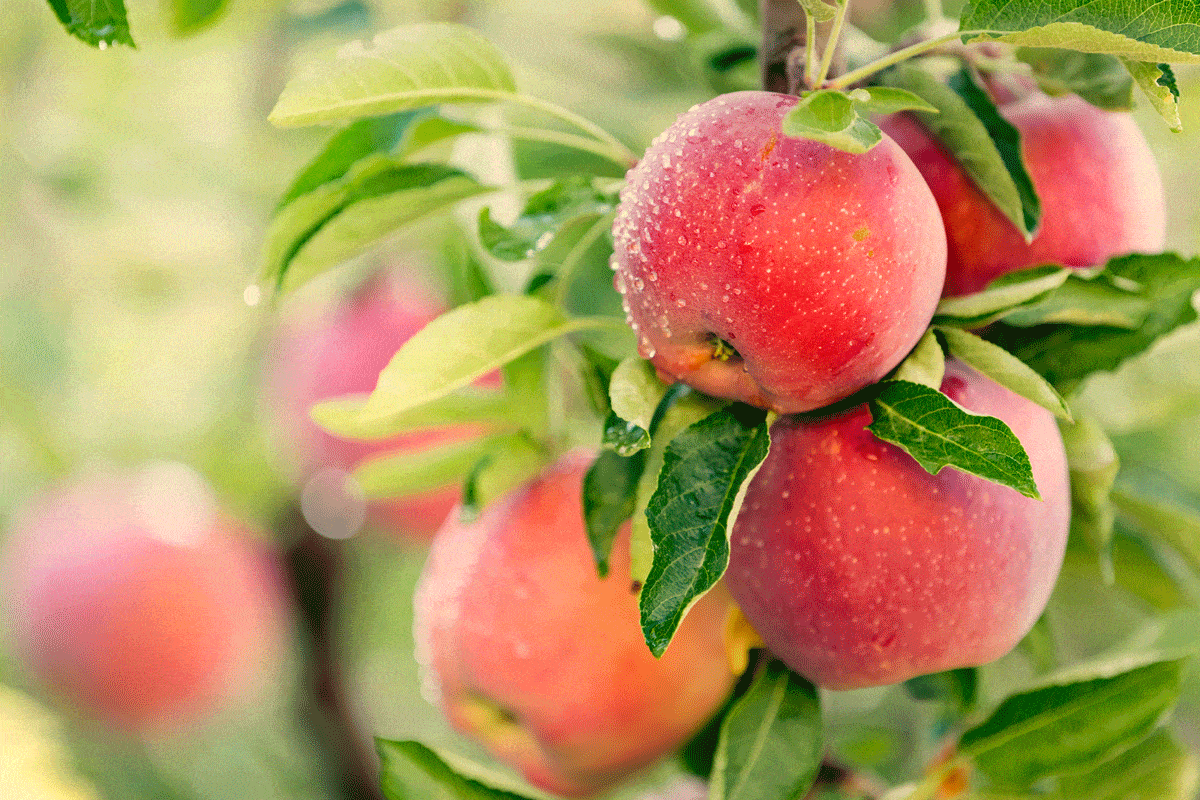
Apples, pears, and cherries are popular tree fruits well-suited for this region.
Smaller fruit plants like raspberries, blueberries, and strawberries also thrive in Zone 6, providing a beautiful and tasty addition to your garden.
Keep in mind that fruit trees and bushes may require a certain level of care and pruning, so be sure to educate yourself on their needs to ensure a fruitful harvest.
Plan Ahead for a Successful Zone 6 Garden
By planning ahead and selecting suitable plants for the varying seasons, your garden will flourish throughout the year.
Don't forget to add visual interest by incorporating a variety of plant types, including perennials, annuals, shrubs, and trees.
And don't shy away from experimenting with new plants to find resilient, yet visually stunning additions to your garden.
Your diligence and love for gardening will be evident in the vibrant, thriving garden you create in Zone 6.
For more gardening planning tips, check out these other helpful articles:
Best Books for Gardening: Your Top Guide For A Thriving Garden
15 Essential Facts About Soil pH: Unlock Your Garden’s Full Potential
